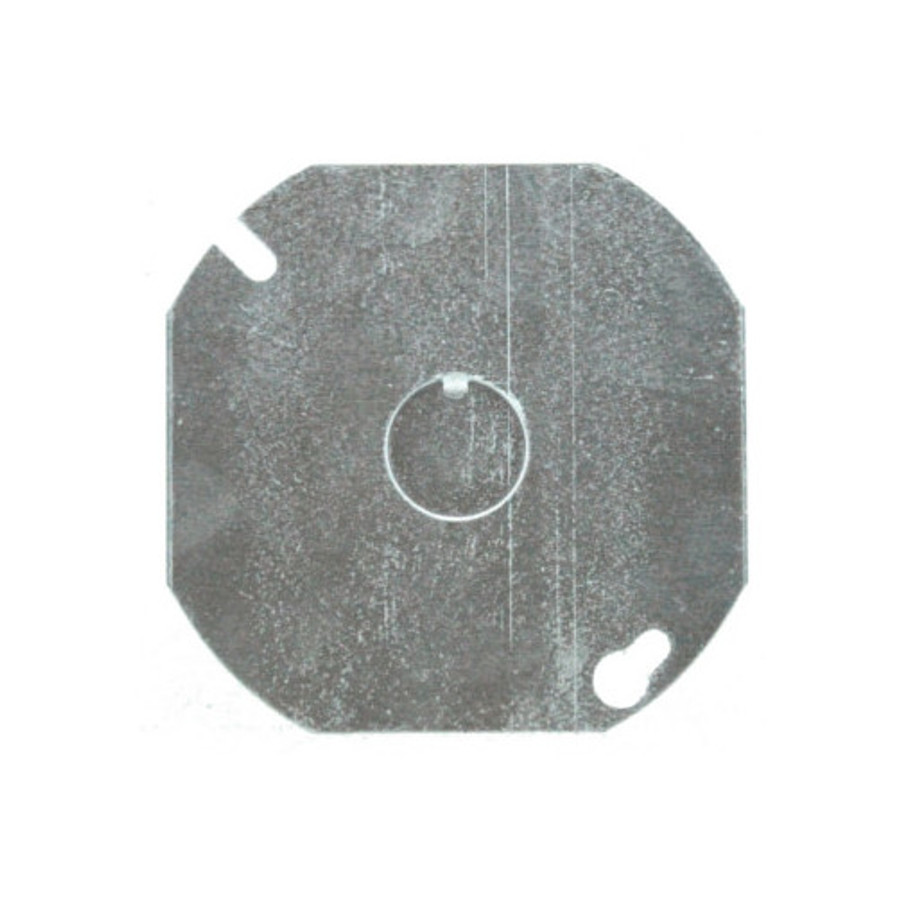Soooo.....be aware that it is not permissible by code to leave unconnected (even capped or taped) wires buried in a wall. Code requires that wires no longer used must be terminated within a box with an access cover at the original location. This is true for splices, also. Alternatively, the cut wire(s) must be removed and/or a continuous wire run alternatively to a splice.
Most of these types of jobs are best left to a qualified electrician. And, as you can imagine, done properly may entail some not insignificant drywall work........(Yuck!.....I hate drywall patching/seaming!! )
)
If you've ever watched some of the home improvement shows on cable TV and seen the home wiring nightmares uncovered behind patched walls or replaced drywall....with no accessibility...you can better understand why building codes are written and enforced. Some building codes I struggle to understand....but not many....and most certainly not this one.
Oh, and if you do cap the wires at the current box locations, be advised also that the access covers cannot be buried, either....behind wallpaper or model railroad backdrops...without retaining their accessibility. IOW and for example, I had some renovations done on a bathroom at our house. The electrician installed (per the architects drawings!) a pair of light/fan switches at the room entrance, but behind the door....on the hinge-side of the doorway!!!
 . Well, considering the project timing, and otherwise mess to pull and re-run wires, we agreed to put a smooth cover on this box, now containing splices to a box on the non-hinge side of the doorway. In this case it's hardly visible. But when the first decor of the renovated room required wallpaper.....with a somewhat fussy pattern...the access cover had to be papered separately to blend in with the pattern. We did this only once......the room is now painted.....along with that access cover.
. Well, considering the project timing, and otherwise mess to pull and re-run wires, we agreed to put a smooth cover on this box, now containing splices to a box on the non-hinge side of the doorway. In this case it's hardly visible. But when the first decor of the renovated room required wallpaper.....with a somewhat fussy pattern...the access cover had to be papered separately to blend in with the pattern. We did this only once......the room is now painted.....along with that access cover.
FWIW, of course....
KD








